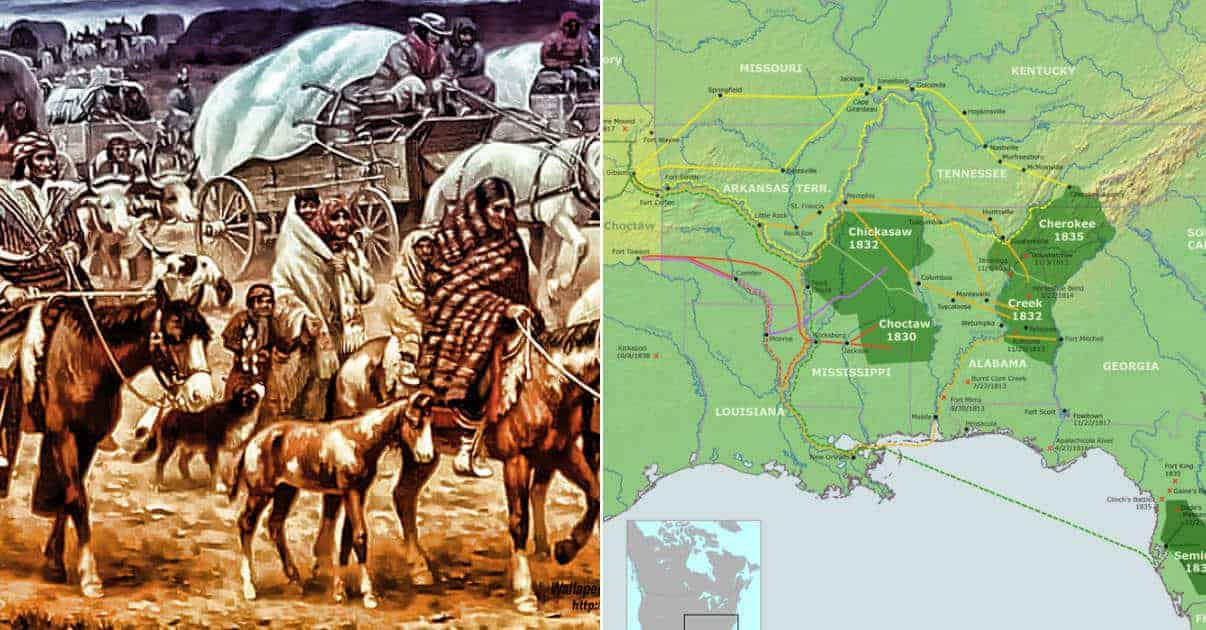
The Seminole
In 1832 leaders of the Seminole Nation of Florida traveled to the west along the Mississippi, where it had been proposed to them that they would be relocated to the Creek Reservation there. After a trip of several months inspecting the lands and meeting with the Creek leadership the Seminole signed a treaty for their removal. Upon their return to Florida they encountered opposition from some of the Seminole, former Creeks who feared reprisals for their having abandoned the tribe. They renounced the treaty, although some Seminole bands accepted the terms and traveled to the west in 1834.
Those that did not soon began attacking American settlements and troops, including the massacre of a company of US Army regulars in which all but three of the 110 man unit were killed. Florida’s settlers began to flock to the forts and blockhouses erected for the purpose of sheltering them and militia units mustered around the state. Abandoned farms were raided and their crops burned. The name Osceola became known and feared around Florida, and throughout the United States. Many of the citizens who heard it reviled him and his tactics. As Seminole bands were subdued they were removed to the Creek lands.
The press of the day reported the war and blamed the Seminole, who had initiated the hostilities after signing a peace treaty and an agreement to remove to the west. The tribal structure of the Seminole was such that the leaders who had traveled to the west and negotiated with US Agents and the Creek Indians did not have the authority to speak for all of the Seminole bands. It also led the Seminole bands to operate independently of one another in guerrilla raids. American pursuit often led them deep into the swamps, where they were at the mercy of their enemies.
To subdue the Seminole the United States troops used the strategy of burning their towns and villages, destroying their food supplies, and forcing them to sue for peace or die of starvation. When the Seminole did surrender they were removed to the Indian Territory. Many died on the trail, of either starvation or disease, or the attacks of hostile settlers who had read of the atrocities committed against civilians in Florida. The war did not end with a formal treaty, but with the remaining Seminole, estimated to have been between 500 and 1,000, fleeing deep into the Everglades, and the army left them alone.
There would be another Seminole War, again started when the Seminole renounced another treaty which they signed. By the end of that war there were many times more Seminole living with the Creeks in Indian Territory than there were in Florida. The Seminole were another example of Jackson’s being correct when he surmised that the Indian present within the states would either have to assimilate themselves with the Americans or lose their way of life.

